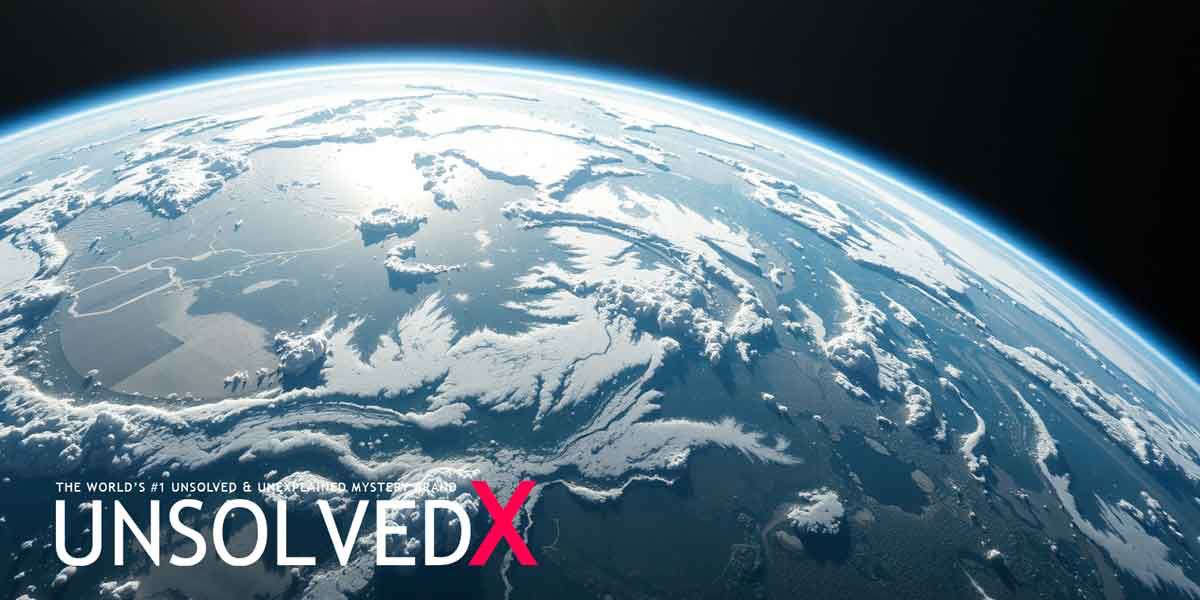The Cosmic Puzzle of Orbital Motion
The mystery of how objects—satellites, moons, or planets—stay in orbit without crashing to Earth or drifting into space has fascinated humanity for centuries, blending precise physics with an almost mystical sense of cosmic harmony. At its heart, orbiting is a delicate balance of gravity and motion, first explained by Isaac Newton in his 1687 work, Philosophiæ Naturalis Principia Mathematica. Imagine a satellite launched from Earth: it rockets forward at tremendous speed while gravity pulls it downward, resulting in a continuous free-fall where the object curves around the planet, never hitting the ground or escaping into the void. This balance allows the International Space Station to orbit Earth every 90 minutes at 400 kilometers above, traveling at 28,000 kilometers per hour. Yet, the apparent simplicity of this dance hides complexities that spark questions about why orbits remain so finely tuned, making this a captivating topic for those intrigued by the unexplained.
The foundation of orbital mechanics traces back to Johannes Kepler, whose 17th-century laws revealed that planets follow elliptical paths around the Sun, governed by gravity. Newton’s universal law of gravitation later clarified how Earth’s pull keeps the Moon in its 27.3-day orbit, 384,400 kilometers away. These principles underpin modern space exploration, from the Global Positioning System (GPS) to interplanetary missions. However, maintaining stable orbits is fraught with challenges like atmospheric drag, which slows satellites in low Earth orbit, or gravitational tugs from other celestial bodies. The 1957 Sputnik 1 mission, which reentered after three months, showed how fragile orbits can be. The precision required for objects to stay aloft—sometimes for decades—raises a deeper question: why does the universe permit such perfect conditions for this cosmic choreography, and what unseen factors ensure its persistence?
Forces Governing Orbital Stability
Gravity is the invisible tether that keeps objects in orbit, as described by Newton’s law of universal gravitation, which states that every mass attracts every other, with force depending on mass and distance. For a satellite to stay in orbit, its forward velocity must perfectly counterbalance this pull, creating a circular or elliptical path. Geostationary satellites, like those used for weather forecasting, orbit at 35,786 kilometers, moving at 3.07 kilometers per second to match Earth’s rotation, appearing fixed in the sky. This equilibrium is so precise that minor disruptions—solar radiation pressure, the Moon’s gravity, or Earth’s uneven mass—can shift orbits, requiring corrections, as seen in the Hubble Space Telescope’s servicing missions. The mystery lies in why this balance holds across scales, from tiny CubeSats to massive moons, with such consistent precision.
Orbits face constant threats, deepening the enigma. Atmospheric drag in low Earth orbit (LEO) slows satellites, causing them to spiral inward, as with Skylab, which crashed into Australia in 1979 after six years. Gravitational anomalies, like Earth’s “mascons” (mass concentrations), studied during Apollo missions, subtly alter trajectories. Albert Einstein’s general relativity adds complexity: the GPS constellation adjusts for time dilation due to gravity to maintain accuracy. Yet, most orbits remain stable for years, prompting speculation about undiscovered forces or cosmic constants fine-tuning this balance. The 2000s investigation into the Pioneer Anomaly—where Pioneer 10 and 11 deviated slightly from predicted paths—suggested thermal radiation as a cause but left lingering doubts. For those drawn to the unexplained, the question persists: what ensures this delicate equilibrium endures?
Speculation and Cosmic Implications
The stability of orbits raises philosophical questions that border on the mysterious, blending science with speculation. Why does the universe allow such precise conditions for orbits to sustain life-friendly planets? Some, like researchers at SETI, muse whether orbital stability hints at cosmic design, though no evidence supports this. The Fermi Paradox—why we haven’t found alien life—connects loosely, as stable orbits are vital for planets to foster life long enough for advanced civilizations. The Moon’s orbit, stabilizing Earth’s axial tilt for consistent seasons, recedes at 3.8 centimeters per year, raising questions about long-term orbital evolution. These speculative threads, while unproven, fuel fascination with orbits as a cosmic puzzle, inviting wonder about forces beyond our current understanding.
The cultural and practical impact of orbits is undeniable, yet anomalies persist. The 1960s Space Race showcased humanity’s mastery of orbits, from Yuri Gagarin is 1961 flight to the Voyager probes, still transmitting from interstellar space. Yet, unexplained deviations, like the Pioneer Anomaly, studied by NASA, hint at gaps in our knowledge of gravity at vast distances. The growing issue of space debris—over 27,000 tracked objects—threatens orbital stability, as seen in the 2009 collision between a Kosmos satellite and an Iridium satellite. These incidents highlight the fragility of orbits and the mystery of their resilience. The question remains: what unseen mechanisms keep objects in orbit with such eerie precision, and could unknown forces still await discovery? This enduring enigma continues to captivate, urging us to explore the delicate balance that holds the cosmos together.










Comments
Comments section coming soon!